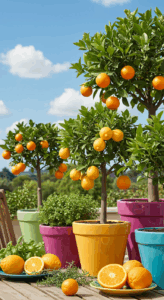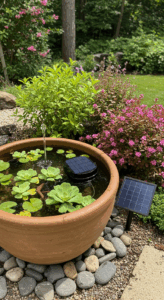Bucket Basics: Why 5 Gallon Buckets Are a Gardener’s Best Friend
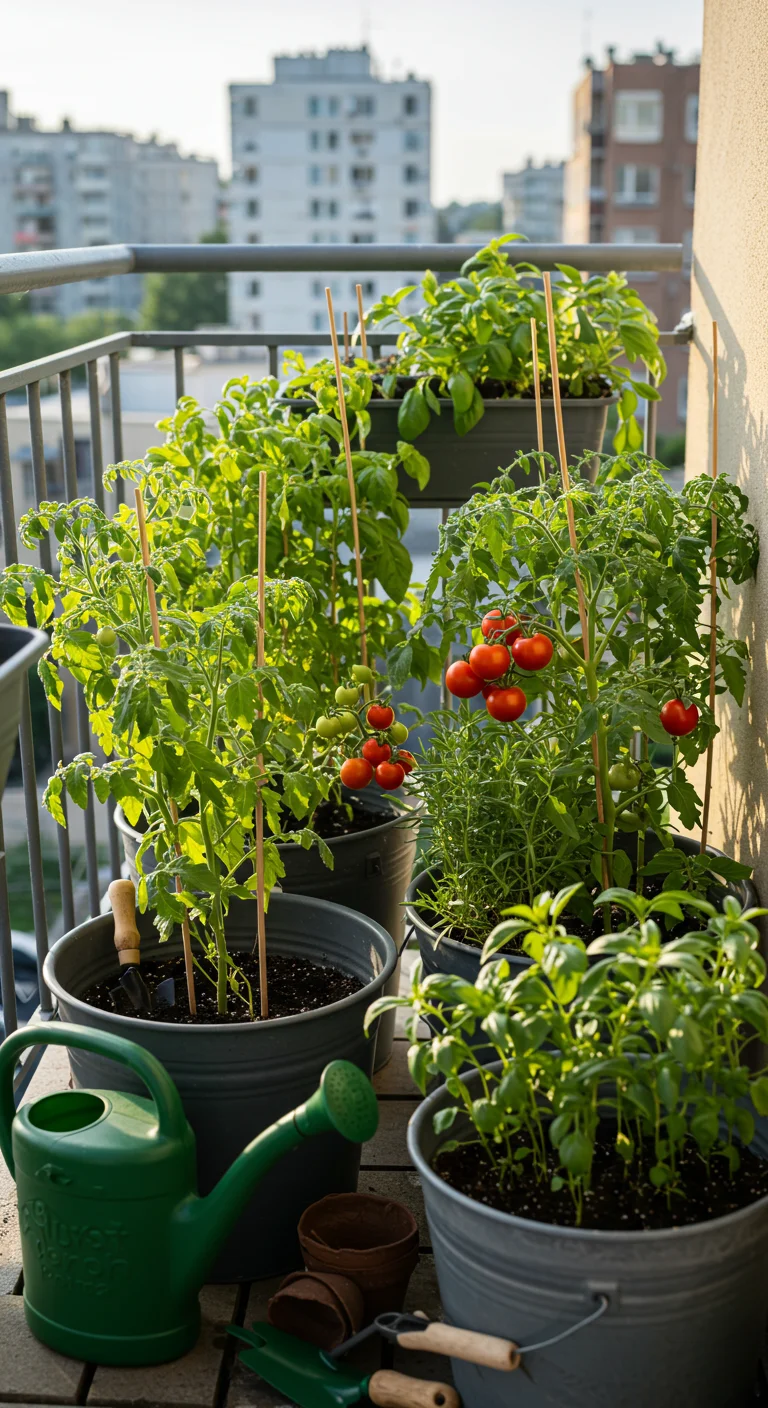
5-gallon buckets are essential tools for gardeners, offering versatility, portability, and effective growing conditions. They are ideal for small spaces, allowing urban gardeners to cultivate a variety of fruits and vegetables on balconies, patios, or even indoors. The buckets provide ample depth for root growth while their sturdy construction protects against pests and environmental factors. Furthermore, they can be easily modified with drainage holes, ensuring proper moisture levels for plants like tomatoes, peppers, and herbs. Using 5-gallon buckets also promotes better soil management, as gardeners can customize the soil mix to suit specific plant needs. With their affordability and accessibility, these buckets truly make gardening more achievable for anyone looking to grow their own food.
Top 15 Fruits and Veggies: The Ultimate Bucket List for Container Gardening
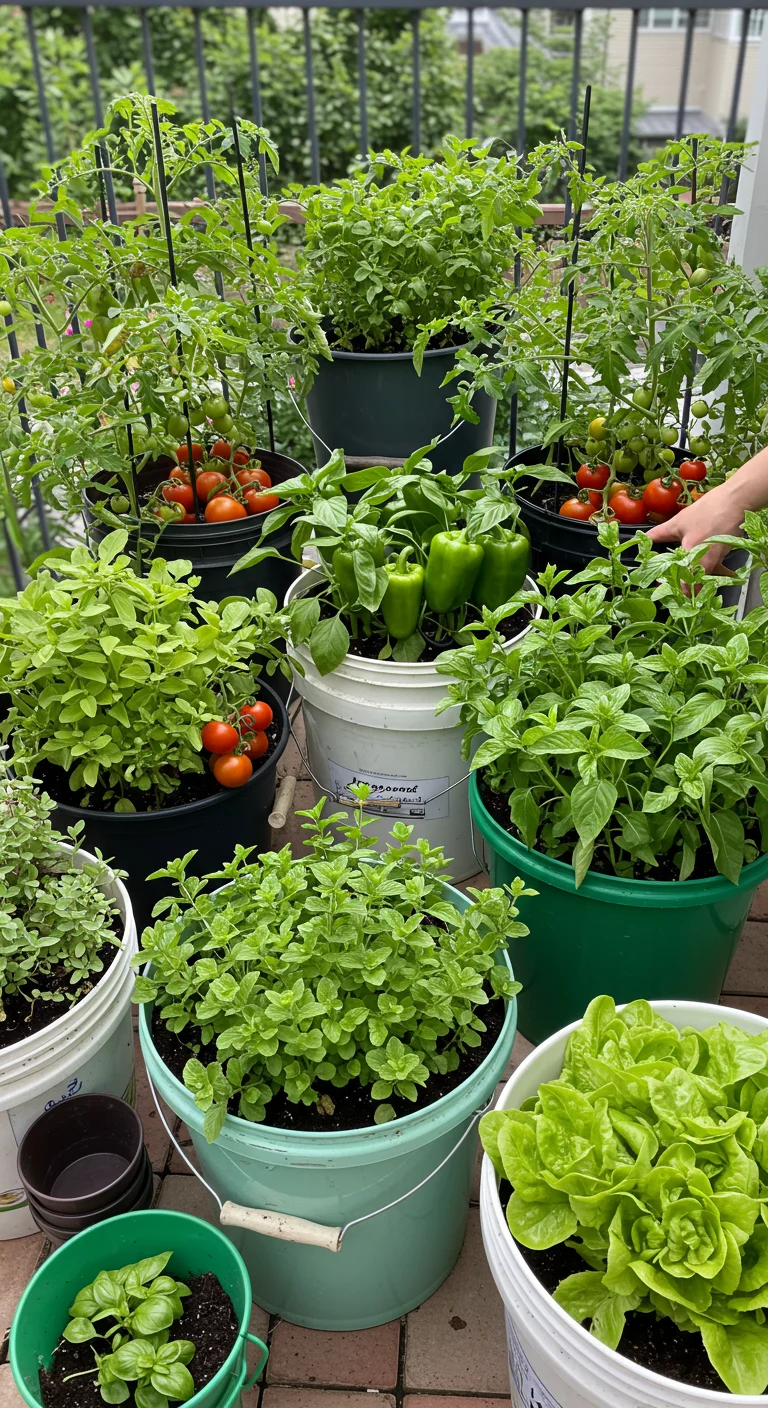
Container gardening is a perfect way to grow your own food in limited spaces, and using 5-gallon buckets can yield a bountiful harvest. Here are the top 15 fruits and veggies that thrive in these containers: tomatoes, peppers, cucumbers, carrots, lettuce, radishes, strawberries, spinach, herbs (like basil and mint), eggplant, zucchini, beans, beets, kale, and potatoes. Each of these plants offers a unique flavor and nutrition boost, making them excellent choices for any gardener. When selecting your plants, consider their growing requirements, such as sun exposure and watering needs, to ensure a successful harvest throughout the seasons. With proper care, these fruits and veggies can flourish in your bucket garden, providing fresh produce right at your fingertips.
Soil Secrets: Crafting the Perfect Mix for Bucket-Bound Plants
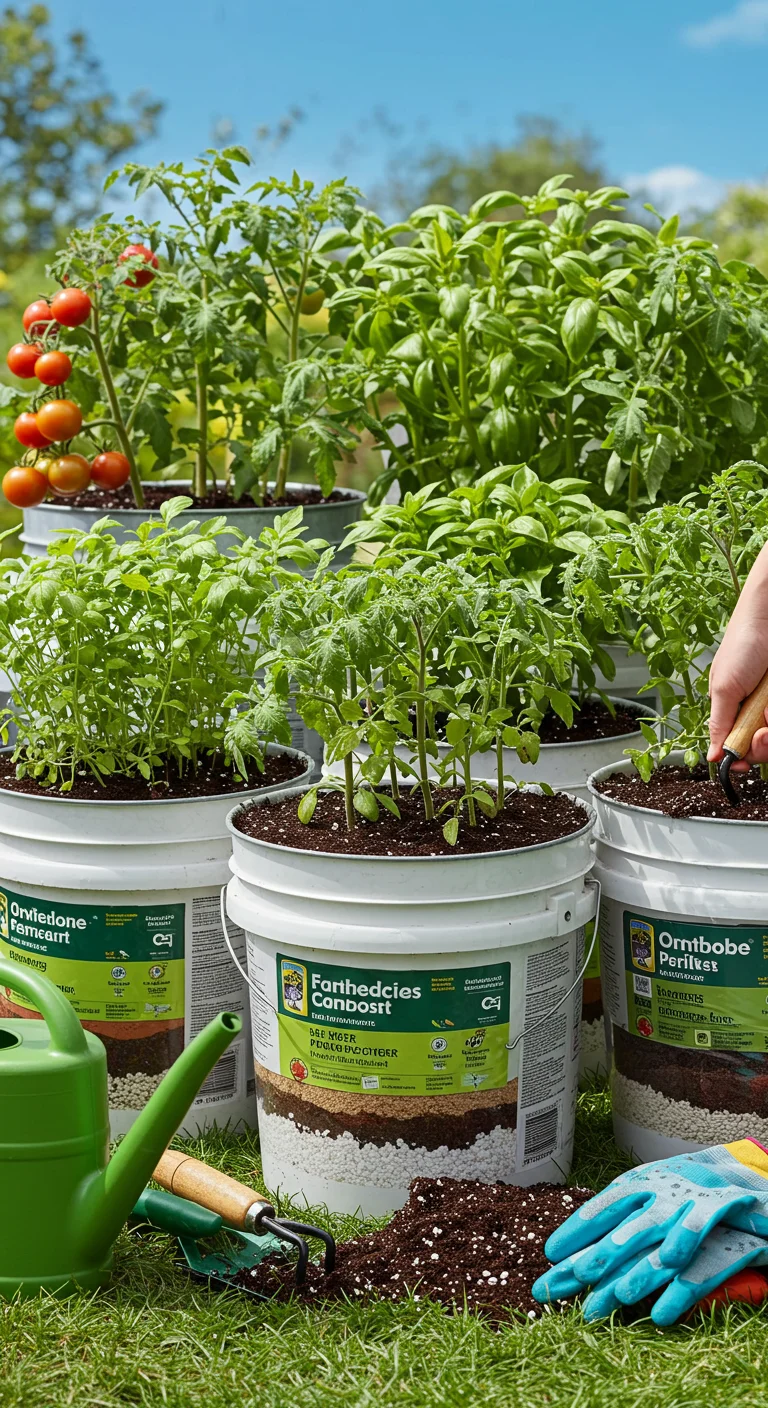
To cultivate thriving plants in 5-gallon buckets, it’s essential to create the right soil mix that provides optimal drainage, aeration, and nutrition. Start with a base of high-quality potting soil, which retains moisture while allowing excess water to escape. Combine this with equal parts of perlite or vermiculite to improve drainage and prevent root rot. To enhance fertility, add organic compost or well-rotted manure, which supplies essential nutrients. A handful of slow-release organic fertilizer can also be mixed in to ensure your plants receive a steady supply of nutrients over time. Finally, consider adding a layer of mulch on top to help retain moisture and suppress weeds. This balanced mix will create an ideal environment for a variety of fruits and vegetables, ensuring they flourish in their bucket homes.
Watering Wisdom: Keeping Your Bucket Garden Hydrated and Happy
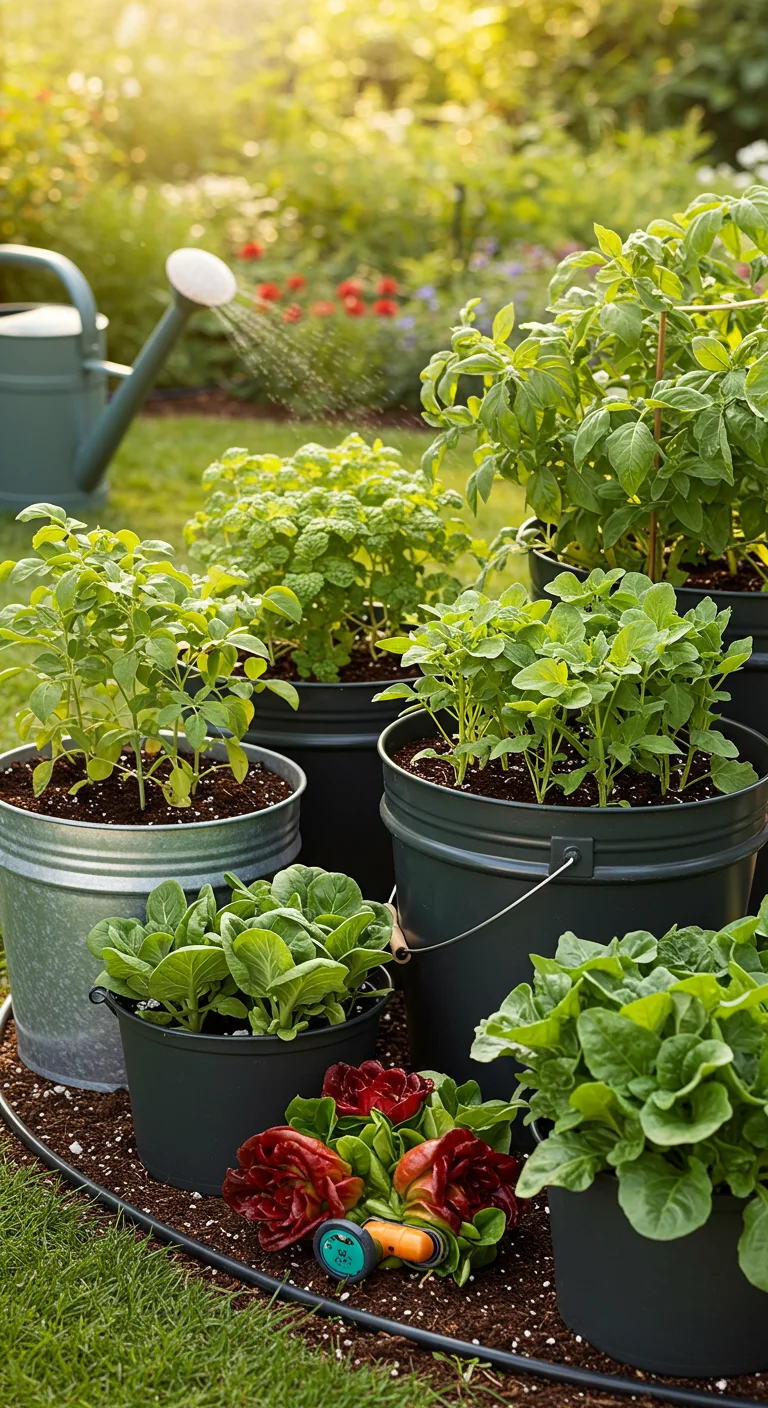
Watering your bucket garden effectively is crucial to ensuring your plants thrive. Since 5-gallon buckets can dry out quickly, especially in warm weather, it’s important to check the moisture level regularly. A good rule of thumb is to water deeply, allowing the water to penetrate the soil to encourage strong root development. Aim for about 1-2 inches of water per week, adjusting based on rainfall and temperature. To maximize hydration, consider using a drip irrigation system or self-watering inserts that help maintain consistent moisture levels. Additionally, mulching the surface of the soil can help retain moisture and regulate soil temperature. Observing your plants closely will also inform you when they need watering, as drooping leaves or dry soil are clear indicators. Remember, it’s better to water less frequently but deeply than to water lightly and often.
Harvesting Hacks: Tips for Maximizing Your 5 Gallon Bucket Bounty
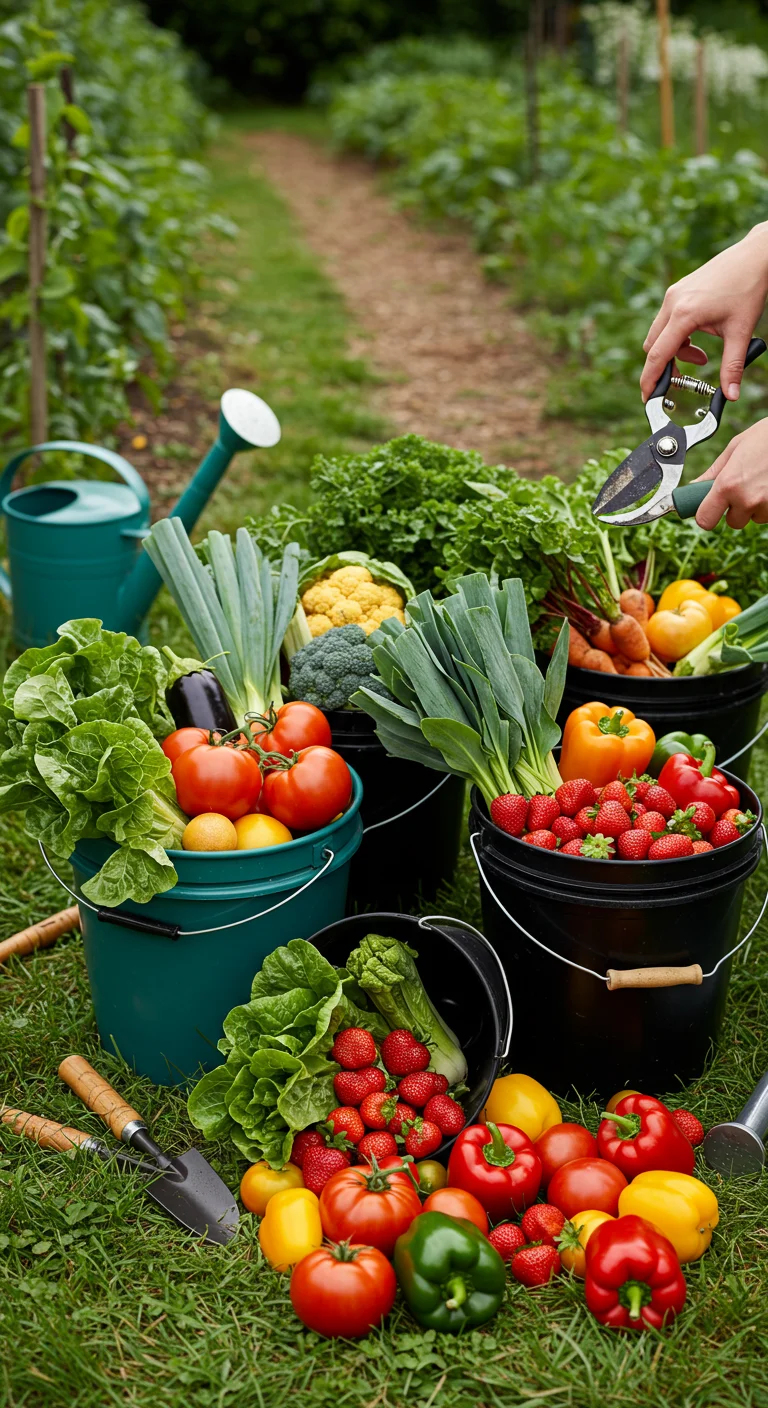
To maximize your 5-gallon bucket bounty, consider implementing strategic harvesting techniques. Start by regularly checking your plants for ripeness; fruits and veggies are often at their peak flavor just before they fully mature. Utilize a sharp pair of scissors or pruning shears to harvest, ensuring a clean cut that promotes future growth. For leafy greens, pick outer leaves first to encourage new growth from the center. Additionally, stagger your planting times to ensure a continuous supply of fresh produce throughout the growing season. Lastly, remember to water your plants consistently, especially during dry spells, as this ensures they remain healthy and productive, yielding a more abundant harvest overall.




